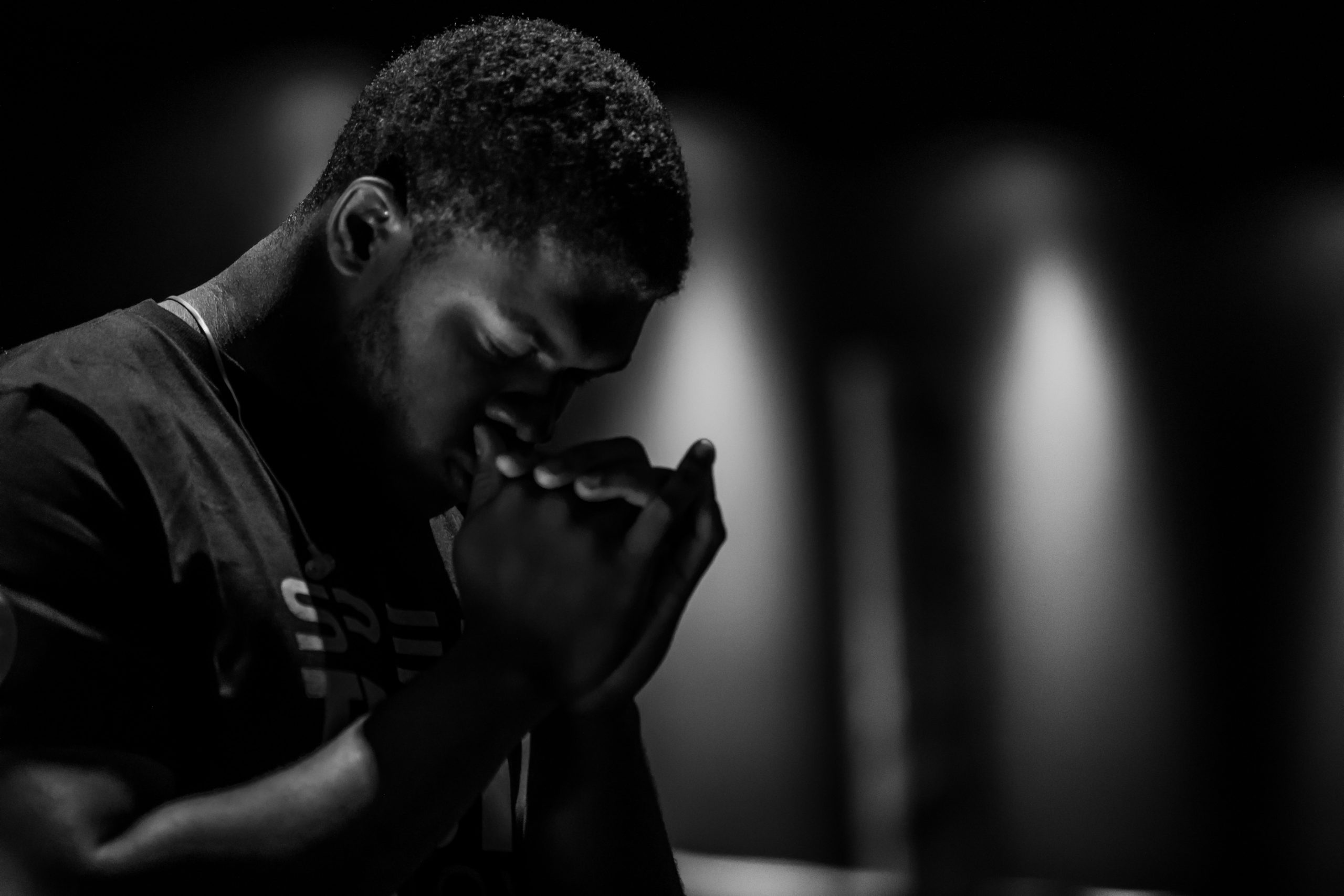Having the Faith of Thomas

A couple of times over the past five years, I’ve written about Thomas, and how I think he gets a bad break when he really should command our respect. It must bug me more than I realize, because we’re going to hit that again this week.
Thomas said to him, “My Lord and my God!”
– John 20:28, NIV-1983
Thomas has been erroneously called “Doubting Thomas” because of his initial refusal to believe in Jesus’ resurrection based on word of mouth. Dare I say, the Doubting Bereans were called “noble” for not taking the apostle Paul at his word.
Neither Jesus nor the other disciples are recorded as having chastised Thomas for wanting hard evidence of the resurrection.
It is Thomas who took his apostolic ministry to India and was put to death there as a martyr for his deep faith. When the other disciples tried to dissuade Jesus from going to Jerusalem, it was Thomas who, setting aside the danger, countered, “No way, man! Let’s go to Jerusalem as well so we may die with him!”1 When Jesus talked of “going away,” Thomas is the only disciple who asked, “Lord, we don’t know where you are going. How can we know the way?”2 It is Thomas who was ready to go die with Jesus while the other disciples, following the crucifixion, were hiding in a locked room for fear of the Jews.3
Thomas wasn’t with them. We don’t know where he was, or what he was doing, but we DO know he wasn’t hiding out with the other disciples. There’s no question but that he misunderstood the resurrection, but we get no indication that Thomas was hiding.
When the other disciples reported that they had seen Jesus raised from the dead, Thomas, apparently recognizing the deep significance of such an event, insisted on having hard, firsthand evidence for the reality.
If Thomas will not be convinced except by what I must call the most gross and materialistic evidence, [Jesus] will give him such evidence: if he must put his finger into the print of the nails, he shall put his finger there; if he must thrust his hand into his side, he shall be permitted to take that liberty. Oh, see how Jesus condescends to the weaknesses and even to the follies of his people!
– Charles Spurgeon
And seeing Jesus face to face, you’ll note that Thomas did not place his finger into the nail prints, and Thomas did not place his hand into Jesus’ side. What Thomas did do was exclaim something none of the other disciples had yet vocalized – “My Lord! And my God!”
And Jesus did not rebuke his saying so.
In Thomas, we find a man who was determined to his core not to be deceived, and when his experience equaled that of each of the other ten disciples, his response went beyond theirs. Having seen only with his eyes, Thomas gushed with the greatest proclamation he could, acknowledging that Jesus is Lord, and Jesus is God in the flesh, Immanuel.
In Thomas I see, not a man plagued by doubt, but rather a man committed to not being deceived, a man whose faith is grounded in solid evidence, and a man who, once convinced, cannot be held back.
Again from Spurgeon:
Now, if I had a statement to make which I wished to have well attested, I should like to place in the witness-box a person who was known to be exceedingly cautious and wary. I should be glad if it were known that at the first he had been suspicious and critical, but had at length been overwhelmed by evidence so as to be compelled to believe. I am sure that such a man would give his evidence with the accent of conviction, as indeed Thomas did when he cried, “My Lord and my God.” We cannot have a better witness to the fact that the Lord is risen indeed than that this cool, examining, prudent, critical Thomas arrived at an absolute certainty.
– Charles Spurgeon
1. John 11:16
2. John 14:5
3. John 20:19



